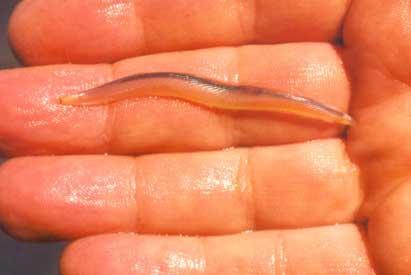Vertebrate or invertebrate?

The sea worm of the image is called Amphious. Scientists claim that this is a transitional animal with vertebrate and invertebrate characteristics, with a precursor notocorda of the spine between the neural tube and the digestive tract.
A team of researchers, trying to find out when the differentiation between invertebrates and vertebrates occurred, analyzes the genome of amphious. And it seems that it has found an important gene change in the process of separating the two animal groups. The AmphilEomes/Tbr1 gene controls the development of mesoderm in invertebrates. However, the team of researchers has found that this gene is duplicated in vertebrates. In addition to having two copies, each copy has a different function. A copy, called Eomesodermin, continues to control the development of mesoderm.
The second copy, on the other hand, controls a new function: the prosencephalon or the development of the anterior brain. This last gene is called Tbrain1. This discovery can explain the genesis of genes that control new functions and help unravel the evolution of primitive animals to the present day.
Buletina
Bidali zure helbide elektronikoa eta jaso asteroko buletina zure sarrera-ontzian











